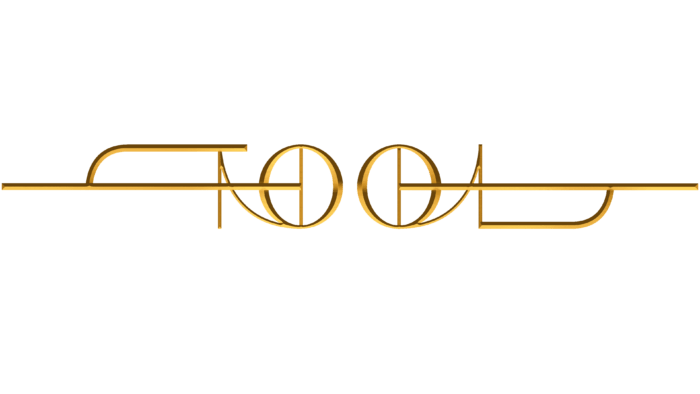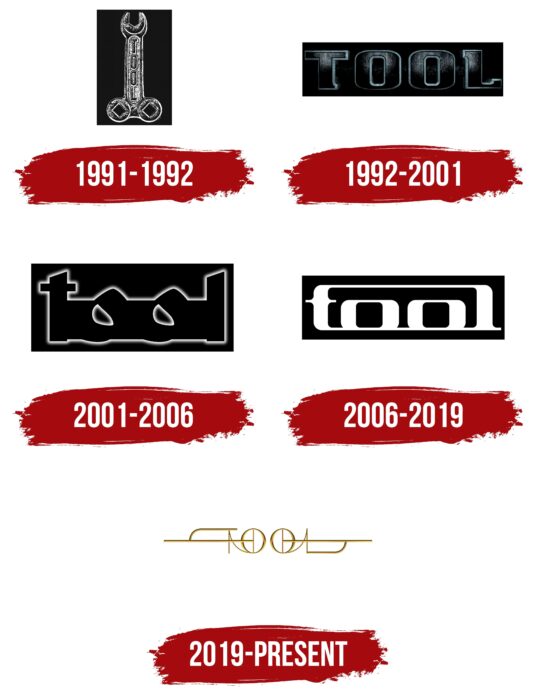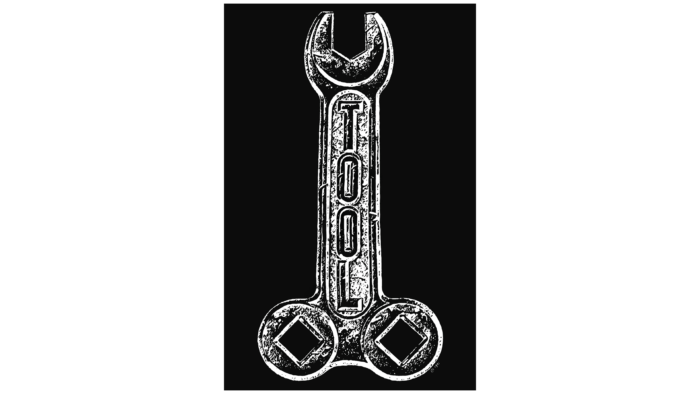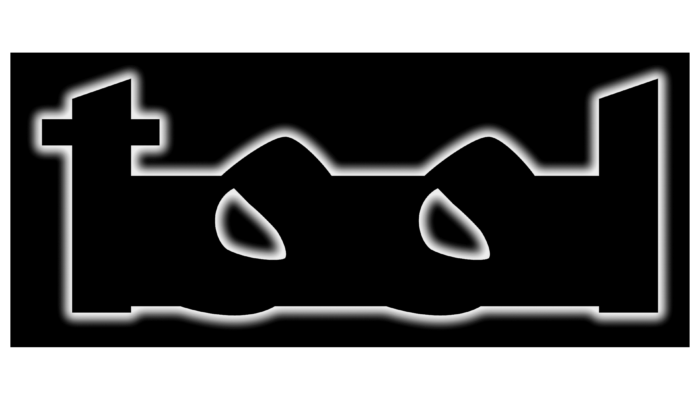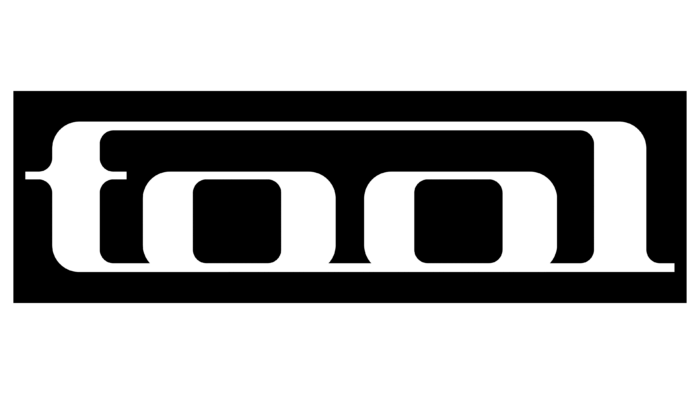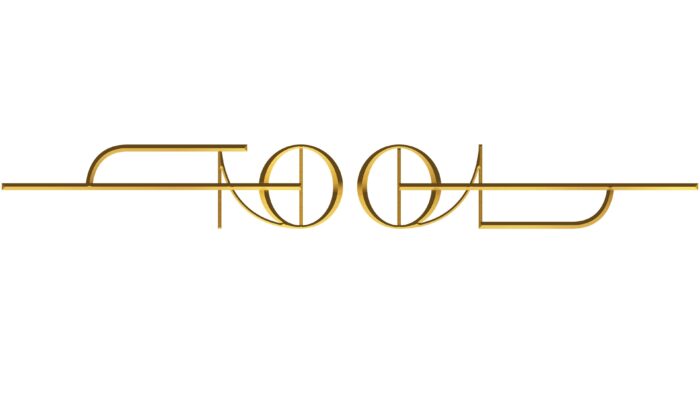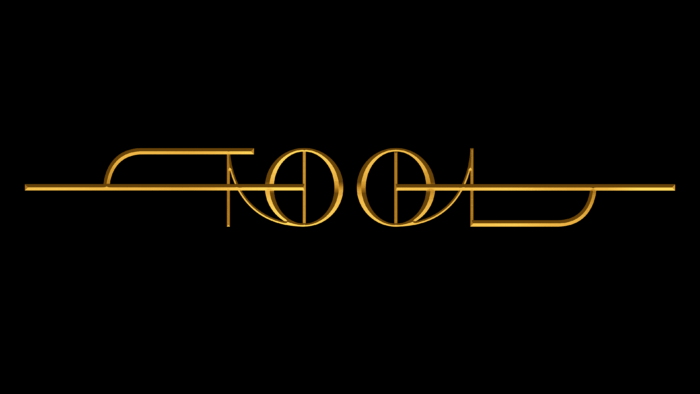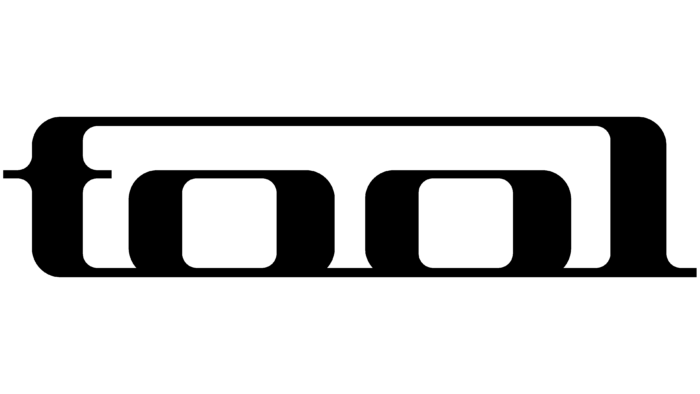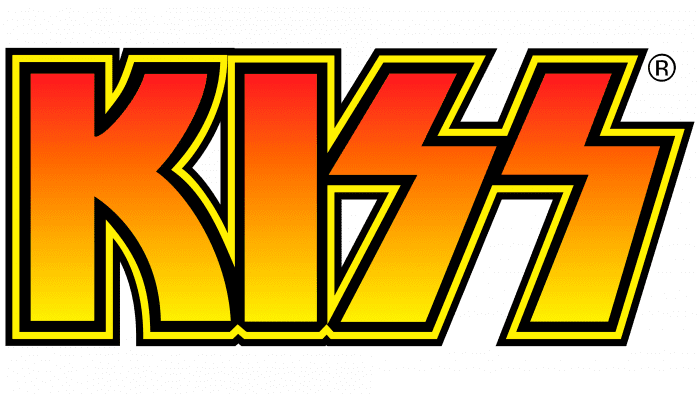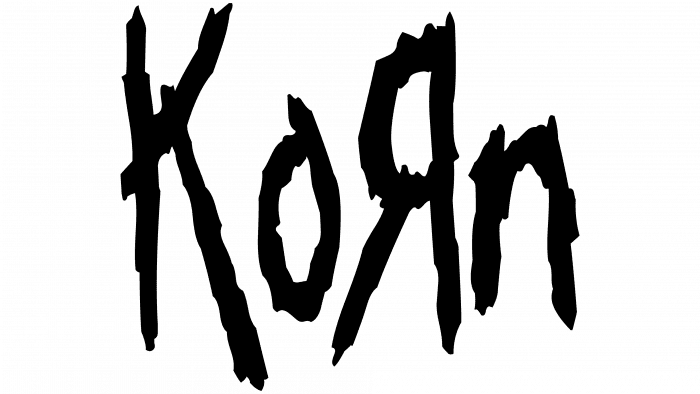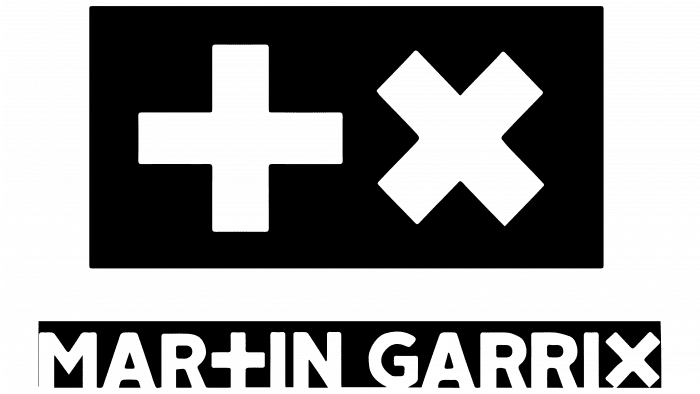The sound range, flying up and breaking down, is traced in the Tool logo. Sharp variations characteristic of rock music convey the group’s direction, and elements as if forged from metal complete the impression.
Tool: Brand overview
| Founded: | 1990–present |
| Headquarters: | Los Angeles, California, U.S. |
| Website: | toolband.com |
Meaning and History
The group appeared in 1990 after its future members met in Los Angeles. While some of them performed on stage, others dreamed of a career in the film industry. Multi-instrumentalist Maynard James Keenan has been rebranding pet stores. Despite completely different ways of earning money, they were all fond of music, which eventually united them.
Initially, the musicians wanted to name their band after lachrymology, a philosophy they invented better to understand the benefits of pain in the human experience. But the group still chose the name Tool, thus comparing themselves with the tool needed to achieve their goals. No less creative rockers approached the design of CD packaging. Guitarist Adam Jones is responsible for most of the design concepts and is an animation artist. Therefore, it is not surprising that all album covers look different; each of them has its logo.
1991 – 1992
The emblem for the first demo album, 72826, was designed by the famous artist Cam de Leon. Since the main genre of the artist is surrealism, he played on the name Tool by drawing a wrench in the form of a phallic symbol. Thus, he expressed the idea that the band members themselves originally put into this word. The inscription “TOOL” takes center stage. The letters are lined up one by one from top to bottom, along with a vertically placed handle. They seem to be engraved on gray metal. The tool is based on a black rectangle.
1992 – 2001
In 1992, the second EP, Opiate, was released. Cam de Leon also designed the cover. The ambiguous logo was replaced with a regular wordmark that contained the band’s name. It was red and 2D on the CD packaging, but a 3D version with a black and gray gradient is now popular. She appeared in 2000 when the Salival album was released. The top of the inscription is grainy, with a slightly worn effect. The edges of the letters are outlined with a thin contour in the color of granite. The font used belongs to the category of geometric serif. Vertical strokes “T” and “L” are decorated with wide rectangular serifs.
The emblem on the cover of Ænima (1996) has a similar typeface but with different artwork. The black word is inside the light gray rectangle. It is crossed out by a blurry, dark line that divides the text vertically into two equal parts.
2001 – 2006
The new graphic symbol of Tool appeared with the release of the music compilation Lateralus in 2001. It looks like the band’s name, stylized as an Arabic inscription. All letters are in lowercase and connected by a common horizontal black stripe. Because the characters are also black, their shape can only be guessed from the protruding edges. The top edges of the “t” and “l” are cut at an angle of approximately 45 degrees. The tops of both “o” are pointed, and the intra-letter gaps are curved and shifted to the lower-left corner. The lettering is surrounded by a halo of white gradient that creates a glow and separates the word from a uniformly dark background.
2006 – 2019
The album 10,000 Days pleased the fans with an updated logo. On its cover, the rock band’s name immediately catches the eye because the designers made the inscription “tool” large and white. The letters remained lowercase, but the font changed. Now it is close to a square-shaped geometric Antiqua. It is distinguished by high contrast: the thickness of the strokes is not uniform, which creates a sense of dynamics. The first “t” and the last “l” are connected by two horizontal lines that run from above and below. They form a large rectangular frame with rounded corners, except for the serifs on the right side of the “l.” The bottom strip serves as the basis for all the letters.
2019 – today
Ahead of their fifth studio album, Fear Inoculum, the band unveiled yet another “Tool” logo, this time abstract and hard to read. It was revealed in a teaser a month before the release of the music collection and replaced the outdated graphic sign that had been used for the previous 13 years. Thus, the fans saw the emblem before they knew the album’s name and were able to look at its cover.
The graceful symbol, consisting of thin golden lines, marked the beginning of a new era in the history of Tool. It was first published on social media on July 21 and immediately attracted attention with its unusual shape. The word is made in a luxurious Egyptian style, and “T” and “L” do not look like letters at all – they look like mirrored curly elements. Symmetry is added because two identical “O” s are located in the middle. Each of them is divided in half by a vertical strip and connected to the adjacent letter: the left one with a “T” and the right one with an “L.”
Tool: Interesting Facts
Tool, a rock band from California, stands out for its unique music, eye-catching visuals, and deep lyrics.
- Formation and Early Days: Tool was formed in 1990 in Los Angeles. The band started with Maynard James Keenan as the vocalist, Adam Jones on guitar, Danny Carey playing drums, and Paul D’Amour on bass, who Justin Chancellor replaced in 1995. The idea behind the band’s name is that their music could help people explore their feelings, especially about topics like crying as a form of therapy.
- Album Artwork and Packaging: Tool’s album packaging is known for its creativity. For example, their 2006 album “10,000 Days” has built-in glasses for viewing 3D images. Their packaging often includes unique art and hidden images.
- Complex Time Signatures: Tool’s music often features complicated time signatures, changing rhythms within a single song. This showcases their skill and creates a distinct sound.
- Lyrical Depth: The band’s lyrics touch on personal and spiritual growth, philosophy, and criticism of religion and society. Keenan’s writing encourages listeners to find their meanings in the songs.
- Visual Component: The tool focuses on visuals in their videos and shows. Adam Jones, with a background in film, directs their visual style, using animations and surreal images to tell stories.
- Live Shows: Their concerts are known for their impressive visual and sound effects, including video screens and lasers, enhancing the music’s thoughtful nature.
- Legal and Industry Battles: Tool has fought legal battles with its record label, which affects when it releases albums. These fights have earned the respect of fans who see them as standing up for artistic freedom.
- Grammy Awards: Despite their unique approach, Tool has won several Grammy Awards, including for Best Metal Performance and Best Recording Package.
- Dedicated Fanbase: Tool’s fans are loyal and patiently await new albums. This loyalty shows the deep connection many have with the band’s music.
- Album Release Strategies: Tool has used unconventional methods for releasing their music, like keeping it off digital platforms for years to emphasize albums as complete works. They made their music available online in 2019 before their latest album.
These points highlight Tool’s dedication to pushing boundaries in music, art, and performance, establishing them as a lasting force in rock music.
Font and Colors
Tool’s identity moves from an ambiguous symbol to an abstract inscription that looks like a work of art. The drastic change in styles is probably due to the evolution of the music played by the rock band. The modern emblem looks more like a complex ornament than a text. At the same time, each line is in its place, forming a symmetrical, mirrored composition.
The current Tool logo is very abstract. The letters are individually designed and not always identifiable. First of all, this applies to “T” and “L,” which are connected to “O” by smooth semi-arcs and crossed out by long horizontal stripes. Both “O” s correspond to them in appearance: they are two circles, expanding at the edges and bisected by vertical lines.
Previous Tool wordmarks looked different. They became the basis for the non-commercial fonts 10,000 days (inspired by the 2006 album of the same name) and Systema Encéphale (based on the logo featured on the cover of Lateralus in 2001). Close to the typeface, 1992-2001 are Contra Slab ExtraBold and Calypso E ExtraBold, but they differ in several details.
The color scheme of the logos has always been restrained: it was dominated by shades of black, gray, and white. Thanks to its bright golden gradient, the last symbol stands out, which is associated with ancient Egyptian luxury and makes the inscription voluminous. With the help of a 3D effect, the designers imitated a metal surface: because of the reflections, it seems as if the letters are shining in the light.
Tool color codes
| Crayellow | Hex color: | #e9cc56 |
|---|---|---|
| RGB: | 233 204 28 | |
| CMYK: | 0 12 63 9 | |
| Pantone: | PMS 128 C |
| Field Drab | Hex color: | #5f4717 |
|---|---|---|
| RGB: | 95 71 23 | |
| CMYK: | 0 25 76 63 | |
| Pantone: | PMS 1405 C |
